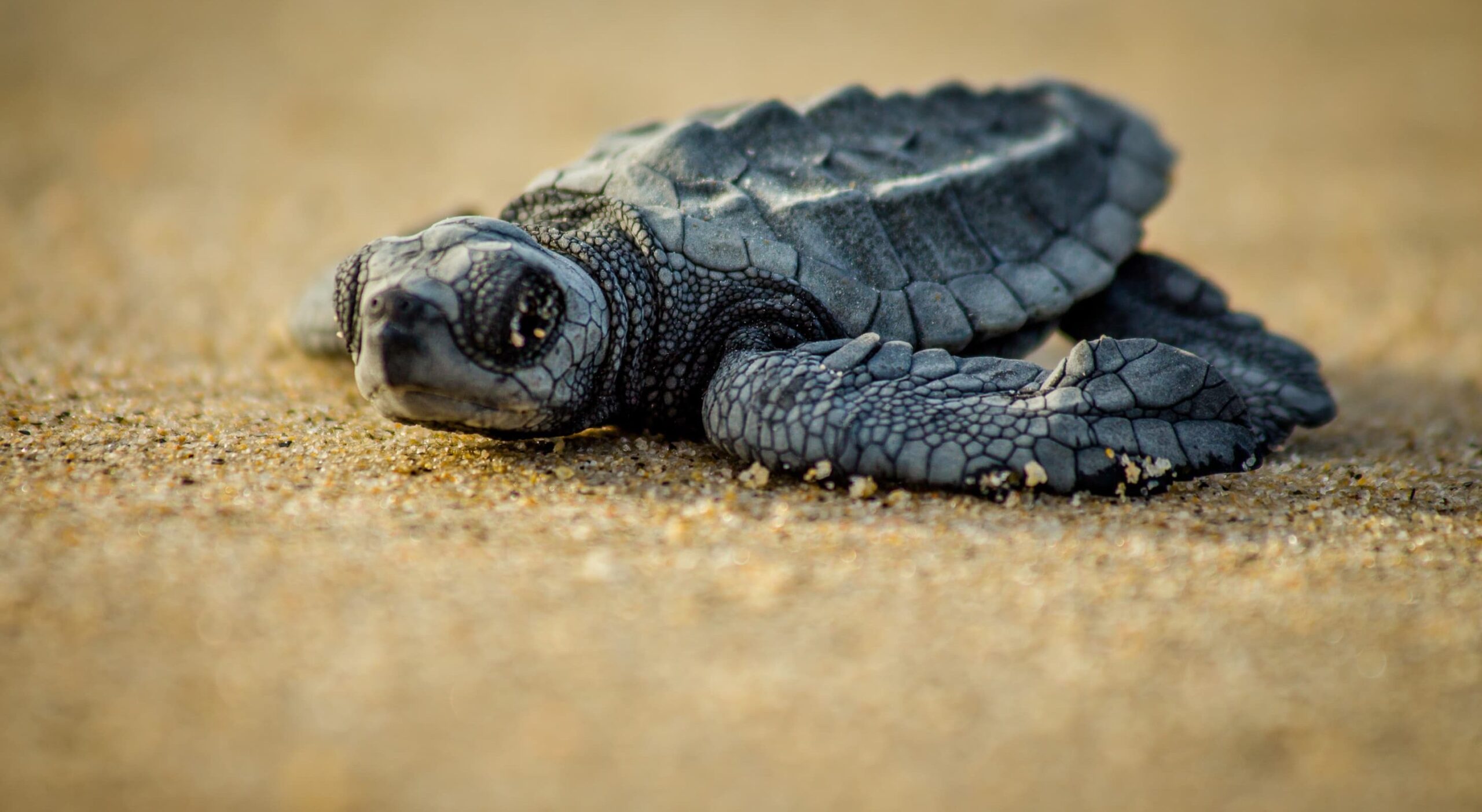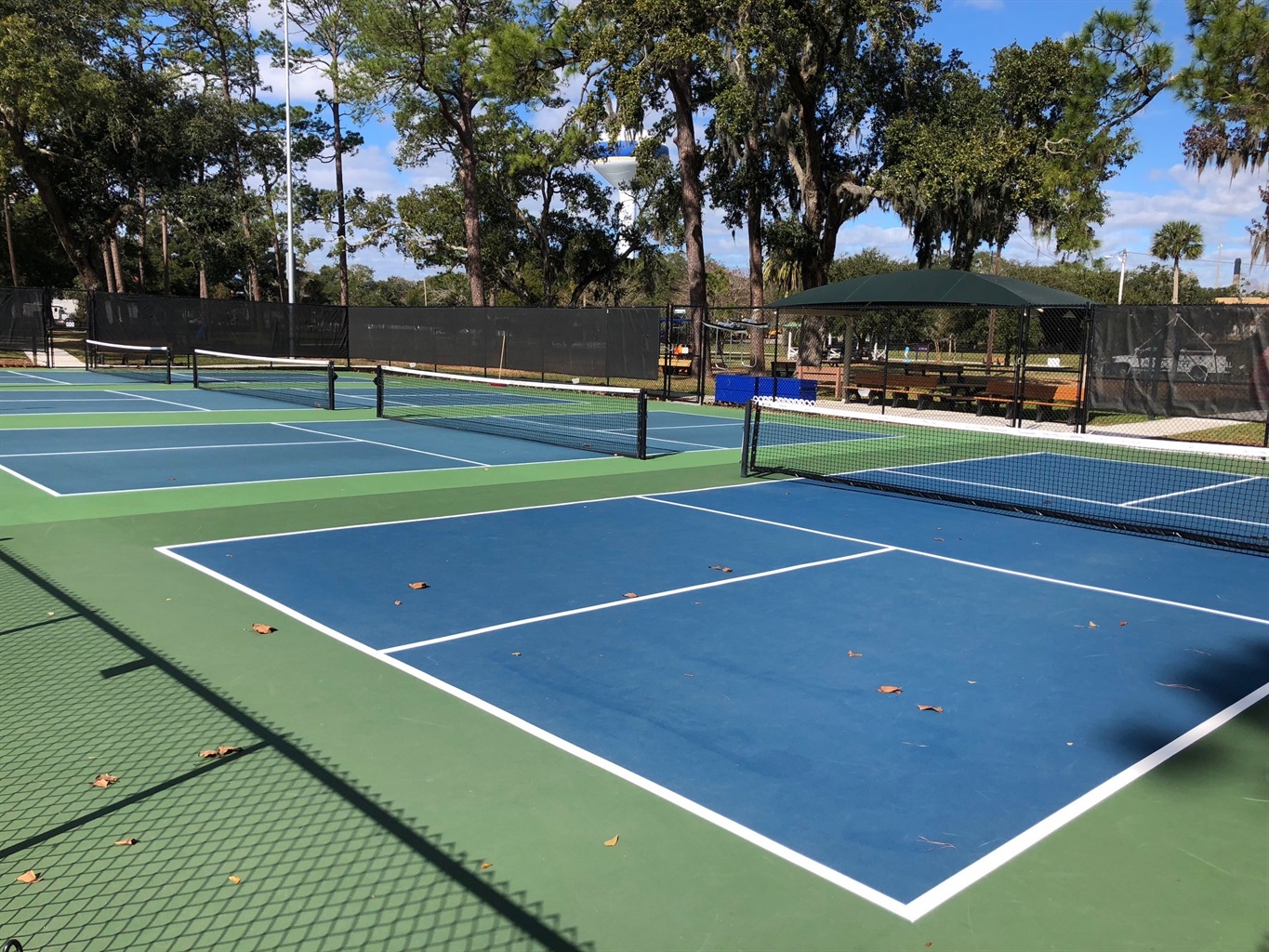The turtles are coming (nesting season is May – October) and here’s what you need to know to enjoy this unique time on the beach while helping to protect these endangered animals.
It’s important as a visitor, and us locals, to know the difference between a Sea Turtle and a Gopher Tortoise.
Please visit https://www.ameliaislandseaturtlewatch.com/ for how you can easily spot which is which!
What You Can Do To Help Keep Our Sea Turtles Safe and Protected
- After you’ve enjoyed the perfect beach setup, please take down and remove your tents, beach chairs, umbrellas and the like (see NASSAU COUNTY ORDINANCE 2016-06). Nesting turtles are sea creatures who crawl onto land with great difficulty (they often weigh around 200 pounds) and they can’t turn or go around large objects left in their path. Turtles can also become trapped underneath your items and hatchlings can be confused by them when they emerge. If you have trash and leftover food, please make sure it leaves as well since foxes, raccoon, and other animals are drawn to them and often find sea turtle eggs to prey on along the way.
- Digging in the sand is one of the essential summer pleasures, but, when you’re done, please fill them in. Nesting mother turtles and their hatchlings can easily fall in and become trapped. Extra good deed points for filling in holes you come across at the end of the afternoon (Perhaps make this a contest for the kids while you pack up?)
- “Lighting near the shore can cause hatchlings to become disoriented and wander inland, where they often die of dehydration or predations. Hatchlings have an innate instinct that leads them in the brightest directions, which normally is the moonlight reflecting off the ocean. Excess lighting from the nearshore buildings and streets draw hatchlings toward land, where they may be eaten, run over, or drown in swimming pools. In the late 1980’s and early 1990’s, coastal communities enacted lighting ordinances to restrict artificial beachfront lighting to combat the negative effects on sea turtles and hatchlings.”
- Attend a nest excavation conducted by AMELIA ISLAND SEA TURTLE WATCH, dedicated to preserving and protecting the endangered sea turtles that are a valuable part of the natural heritage of Amelia Island. Three days after a nest has emerged and hatchlings have crawled to the sea, permitted volunteers from AISTW “excavate” the nest. This is simply an inventory of all the remaining nest contents: unhatched eggs, shards (empty egg shells), dead hatchlings, and yes, sometimes even live hatchlings. If live hatchlings are found, they will release them for you to see. Everything else is returned to the nest to be left as it was. Excavations begin in early-mid July and continue until all the nests have hatched and emerged. Check the continually updated EXCAVATION SCHEDULE. While there is no guarantee that you will see a hatchling, you will come away with new information and an appreciation for this natural wonder.
- Leave nesting turtles and hatchlings to emerge and crawl on their own. Enjoy the experience and remember it always! Sea turtles that survive and grow to adulthood go on far-ranging migrations over the course of many years, but they often return to the exact beach where they were born to lay their own eggs.
Text, pictures, and video provided by AmeliaIsland.com.





